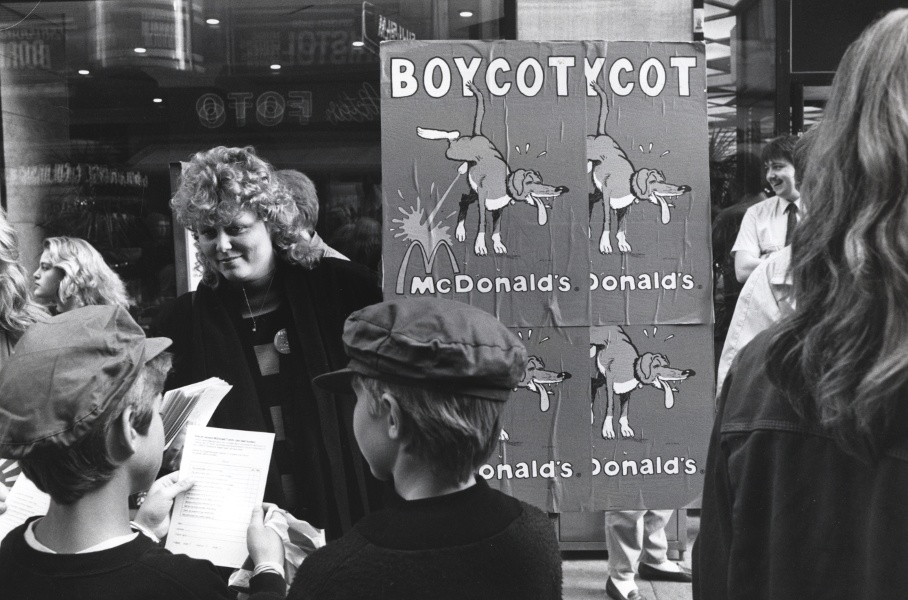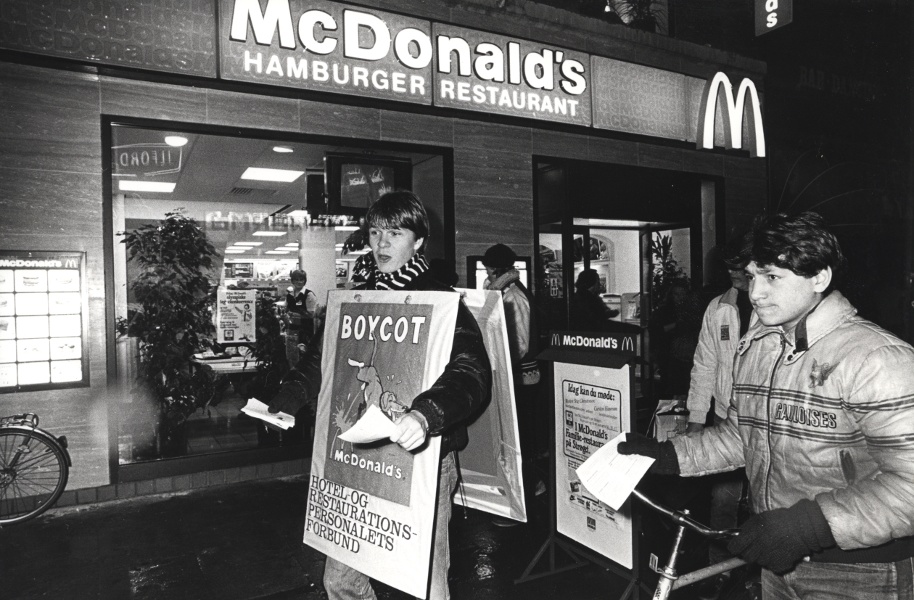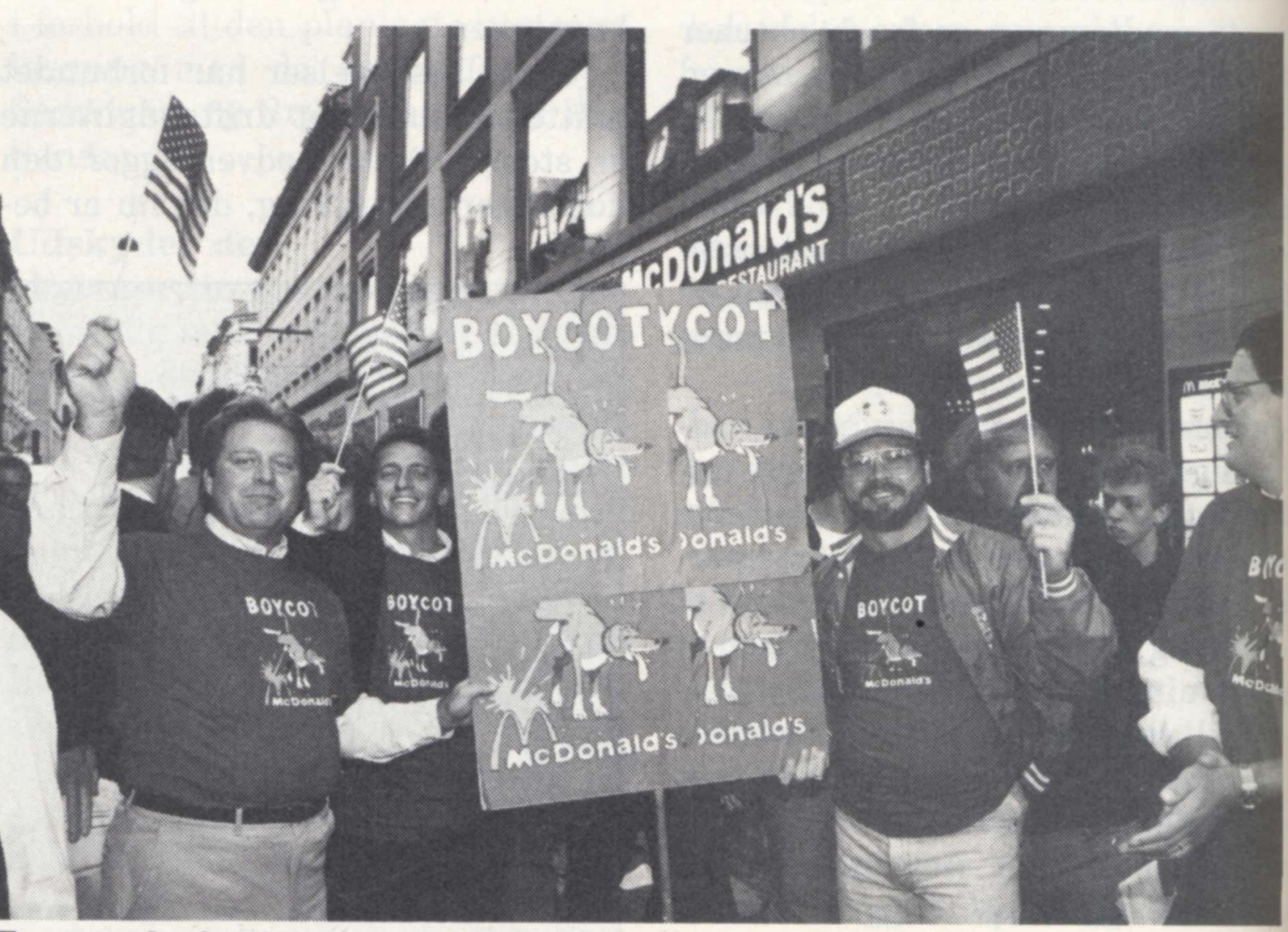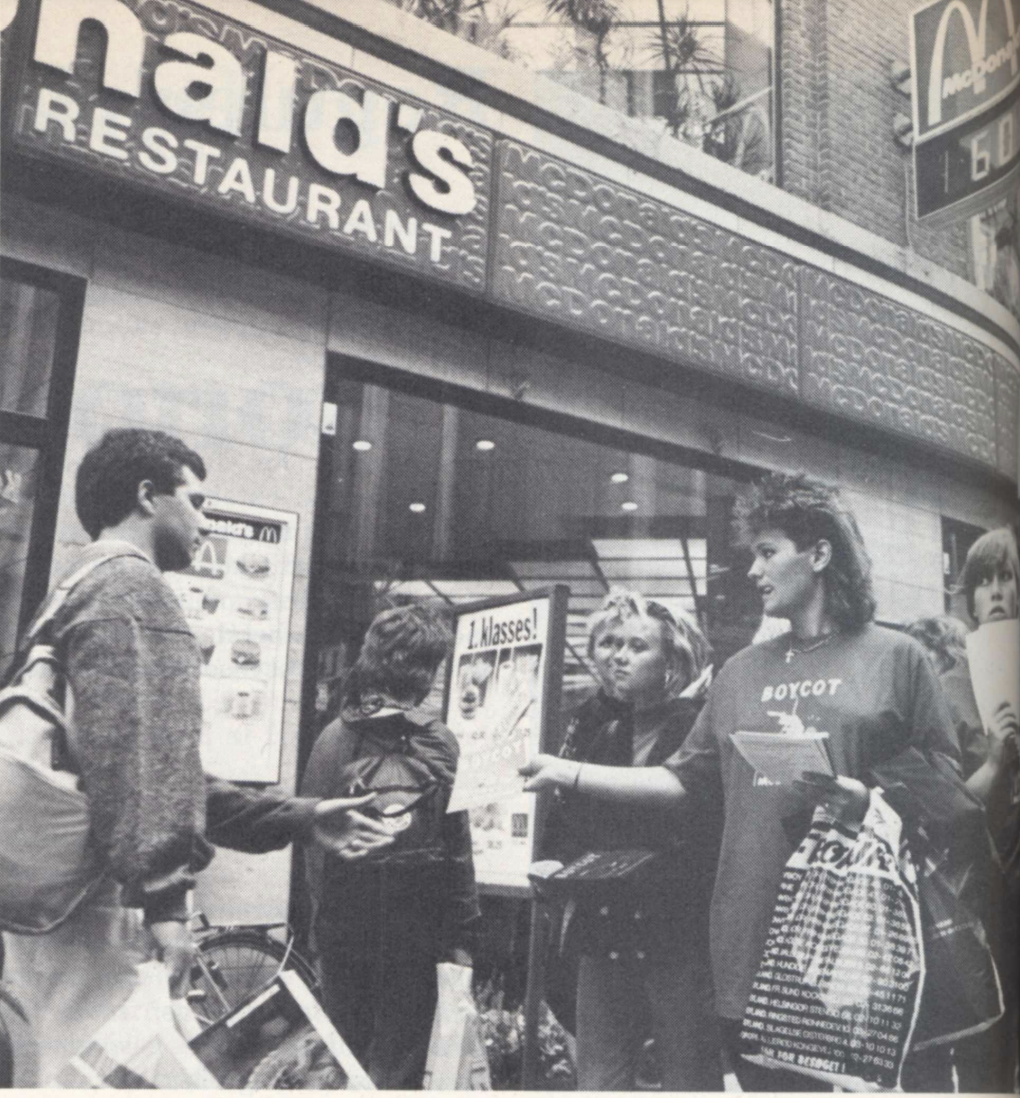Every few months, a prominent person or publication points out that McDonalds workers in Denmark receive $22 per hour, 6 weeks of vacation, and sick pay. This compensation comes on top of the general slate of social benefits in Denmark, which includes child allowances, health care, child care, paid leave, retirement, and education through college, among other things.
In these discussions, relatively little is said about how this all came to be. This is sad because it’s a good story and because the story provides a good window into why Nordic labor markets are the way they are.
McDonalds opened its first store in Denmark in 1981. At that point, it was operating in over 20 countries and had successfully avoided unions in all but one, Sweden.
When McDonalds arrived in Denmark, the labor market was governed by a set of sectoral labor agreements that established the wages and conditions for all the workers in a given sector. Under the prevailing norms, McDonalds should have adhered to the hotel and restaurant union agreement. But they didn’t have to do so, legally speaking. The union agreement is not binding on sector employers in the same way that a contract is. You can’t sue a company for ignoring it. It is strictly “voluntary.”
McDonalds decided not to follow the union agreement and thus set up its own pay levels and work rules instead. This was a departure, not just from what Danish companies did, but even from what other similar foreign companies did. For example, Burger King, which is identical to McDonalds in all relevant respects, decided to follow the union agreement when it came to Denmark a few years earlier.
Naturally, this decision from McDonalds drew the attention of the Danish labor movement. According to the press reports, the struggle to get McDonalds to follow the hotel and restaurant workers agreement began in 1982, but the efforts were very slow at first. McDonalds maintained that it had a principled position against unions and negotiations and press overtures were unable to move them off that position.
In late 1988 and early 1989, the unions decided enough was enough and called sympathy strikes in adjacent industries in order to cripple McDonalds operations. Sixteen different sector unions participated in the sympathy strikes.
Dockworkers refused to unload containers that had McDonalds equipment in them. Printers refused to supply printed materials to the stores, such as menus and cups. Construction workers refused to build McDonalds stores and even stopped construction on a store that was already in progress but not yet complete. The typographers union refused to place McDonalds advertisements in publications, which eliminated the company’s print advertisement presence. Truckers refused to deliver food and beer to McDonalds. Food and beverage workers that worked at facilities that prepared food for the stores refused to work on McDonalds products.
In addition to wreaking havoc on McDonalds supply chains, the unions engaged in picketing and leaflet campaigns in front of McDonalds locations, urging consumers to boycott the company.
Once the sympathy strikes got going, McDonalds folded pretty quickly and decided to start following the hotel and restaurant agreement in 1989.
This is why McDonalds workers in Denmark are paid $22 per hour.
I bring this up because people say a lot of things about the economies of the Nordic countries and why they are so much more equal than ours. In this discussion, certainly the presence of unions and sector bargaining comes up, but rarely do you get a discussion of just how radically powerful and organized the Nordic unions are and have been. If you didn’t know better, you’d think the Nordic labor market is the way it is because all of the employers and workers came together and agreed that their system is better for everyone. And while it’s true of course that, on a day-to-day basis, labor relations in the countries are peaceful, lurking behind that peace is often a credible threat that the unions will crush an employer that steps out of line, not just by striking at one site or at one company, but by striking every single thing that the company touches.
The Big Mac Mile (NEW WORLD RECORD!!)
Eat a Big Mac, run a lap, TIMES FOUR. It’s the Big Mac Mile, don’t try this one at home!
A sculpture of Ronald McDonald on a cross ignites violent clashes in Israel
Artwork depicting a crucified Ronald McDonald remains on display in Israel despite protests and calls for its removal from the country’s Arab Christian community.
The sculpture, named “McJesus,” was meant to be a critique of society’s capitalistic culture, Haifa Museum of Art officials told the Associated Press. The demonstrations began last week and came as a surprise to museum director Nissim Tal, who indicated that the sculpture had been up for months and shown in other countries without incident.
The AP reports that the protests were sparked by scores of visitors to the museum sharing photos of “McJesus” on social media, upsetting many Arab Christians, who considered the sculpture insensitive to their religion. Tal told the Jerusalem Post that more than 30,000 people have viewed the exhibit featuring “McJesus” since opening night in August.
.. “This is very offensive, and I cannot consider this art,” Amir Ballan, an artist in Haifa and a Christian, told the AP. “We will continue through peaceful rallies and candle vigils. … We won’t be quiet until we reach a solution.”
.. “This is the maximum that we can do,” Tal told the AP. “If we take the art down, the next day we’ll have politicians demanding we take other things down, and we’ll end up only with colorful pictures of flowers in the museum.”
Jani Leinonen, the Finnish artist behind “McJesus,” told the Jerusalem Post that the sculpture was displayed against his wishes. He said he wants it removed from the exhibit because he supports the Boycott, Divestment and Sanctions movement, better known as BDS. The Palestinian-led initiative calls for boycotting Israeli goods and services to pressure Israel to end its occupation.
Israel argues that BDS is anti-Semitic and undermines the nation’s right to exist, and it has banned those associated with the movement from entering the country.



